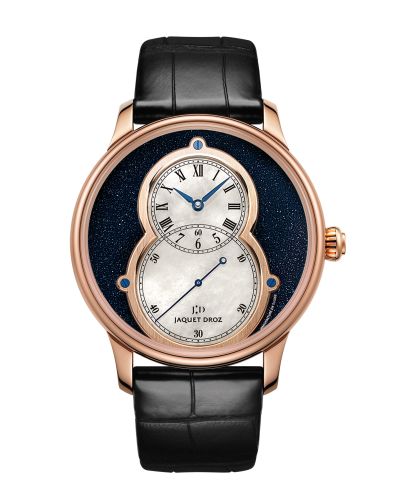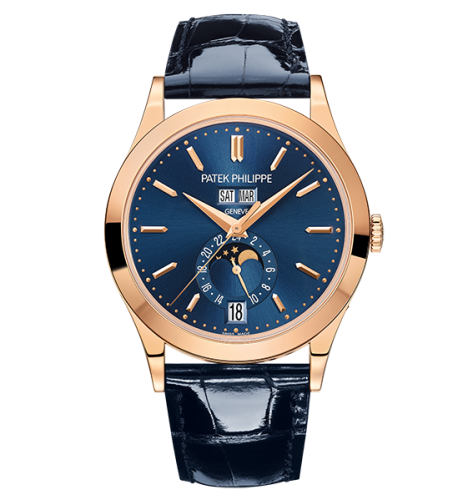
What is an escapement?
An escapement is a crucial mechanism found in timekeeping devices, such as watches and clocks, that regulates the release of energy from the power source to the gear train. At its core, the escapement serves to control the movement of the gear train, allowing the clock or watch to keep accurate time. It achieves this by converting the continuous motion of the mainspring or weight into discrete, controlled movements.
The escapement consists of several key components, including the escape wheel and the pallet fork. The escape wheel has teeth that engage with the pallet fork, which acts as a gate that alternately locks and releases the wheel. This interaction creates a series of small, precise increments of time, allowing the clock's hands to move in a consistent manner. Each time the escape wheel turns, it releases a small amount of energy, which is transmitted through the gear train to drive the hands of the timepiece.
There are different types of escapements, each with its unique design and method of operation. The most common types include the lever escapement, widely used in modern watches, and the pendulum escapement, which is often found in traditional wall clocks and grandfather clocks. The design and efficiency of the escapement significantly influence the accuracy and reliability of timekeeping devices.
The importance of the escapement extends beyond mere timekeeping; it also represents a remarkable achievement in engineering and craftsmanship. The development of various escapement designs over the centuries has led to significant advancements in horology, allowing for more precise and reliable timepieces. Understanding the escapement provides valuable insight into the intricate workings of clocks and watches, highlighting its role as the heartbeat of these mechanical marvels.












